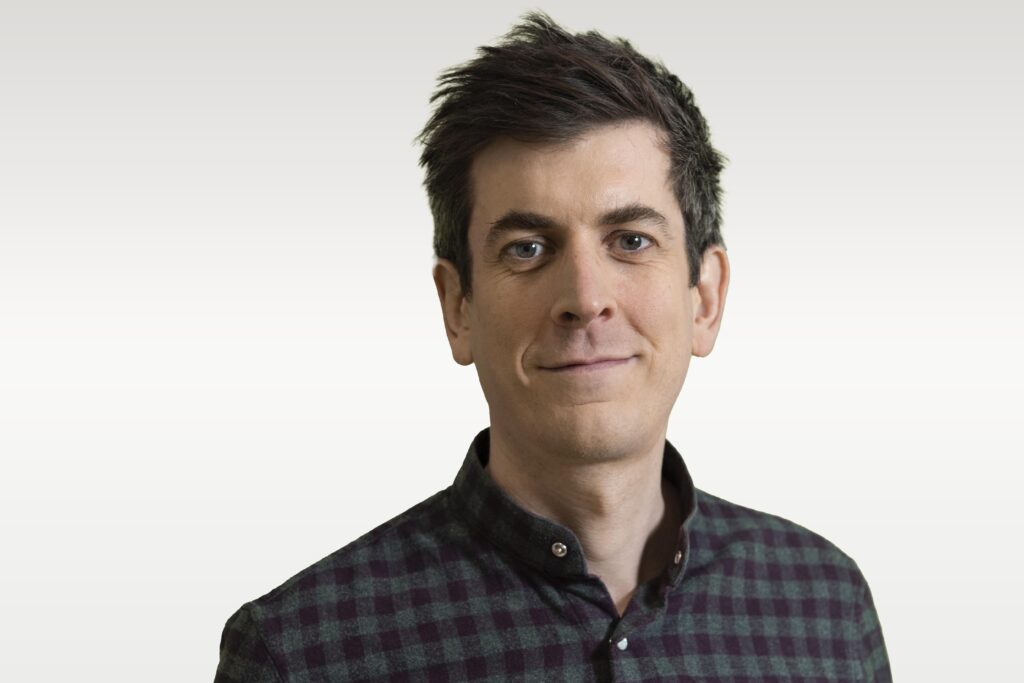The brainers

Raphaël Chevrier – Director of Communications
Raphaël Chevrier is Head of Communications at MaiaSpace, a company that designs, develops and markets Europe’s first reusable mini-rocket. Between 2016 and 2023, Raphaël Chevrier worked for Arianespace, the European space launch services operator, first as Executive Assistant to Executive Chairman Stéphane Israël, then as Business Developer in charge of innovation and exploration, as well as managing commercial offers. Raphaël Chevrier holds a doctorate in nuclear physics, having prepared and defended his thesis at the French Atomic Energy and Alternative Energies Commission (CEA) in 2013. A keen populariser of science and former columnist for the scientific press, he has published a new book entitled “Les saccageurs de l’espace. Débris, militarisation, exploitation: comment faire pour sauver notre bien commun” (Buchet-Chastel, 2023).
This brainer takes part in round-table discussions, offers improvisation sessions and the following solo talks:
How long does a space launch take?
Two years to build a satellite. Two months to prepare the launch in French Guiana. Two hours on board the rocket, engines firing. Fifteen years in orbit. The life of a satellite evolves in a relative space-time. At the Guiana Space Centre in Kourou, years of work converge on the precise moment when Arianespace's Technical Director gives the go-ahead for the synchronised launch sequence. With this instantaneous decision, there is no turning back, and the satellite's fate is decided. Once separated from the spacecraft, the satellite is launched in a vast epic where the balance of costs, time and fuel is skilfully studied. How does time become a critical factor in weightlessness? [How can the rocket's trajectory extend the satellite's life expectancy in its operational orbit?] One thing is certain: space launches bring together in one decisive moment the past, present and future of every object that sets out to encounter the cosmos.
Does a space launch leave anything to chance?
Anyone who has ever followed a space launch, whether from the Guiana Space Centre or from behind a screen, will have noticed the concentration that animates the teams during the very last operations of the final timeline and during the launch sequence... before allowing the joy to settle on the faces at the moment of injecting the satellite into its orbit. Concentration, because each launch requires an infinite number of parameters to be mastered with extreme rigour and meticulousness. And joy, because while nothing is left to chance, certain hazards - such as weather conditions - make each space mission a unique adventure. One thing is certain: with 40 years' experience, Arianespace has constantly reduced the role of chance in its space missions, launch after launch.
How much energy does a space launch require?
Fighting the Earth's gravity: that's the very principle of a rocket, designed to carry satellites hundreds, thousands or tens of thousands of kilometres into space. The payload placed in orbit generally represents only one or two percent of the total mass of a launcher. The rest is made up of structures and fuel, spread over several stages. What are the laws of physics involved in rocket launches, and how is energy distributed throughout the different phases of flight? Having chosen to develop Europe's first reusable mini-launch vehicle, how does MaiaSpace manage the return of the first stage to the surface of the planet? Can the environmental impact be reduced in the future? With unprecedented business prospects in the coming decades, managing energy and the use of raw materials will be key to ensuring the sustainability of the space sector.